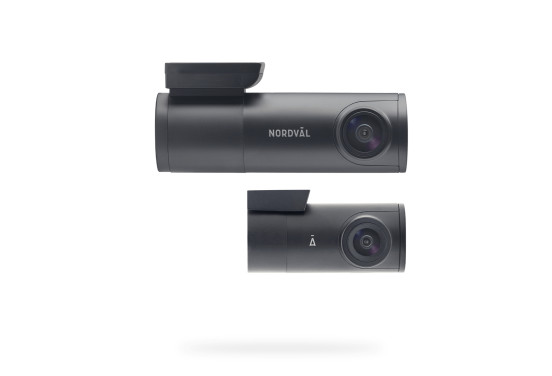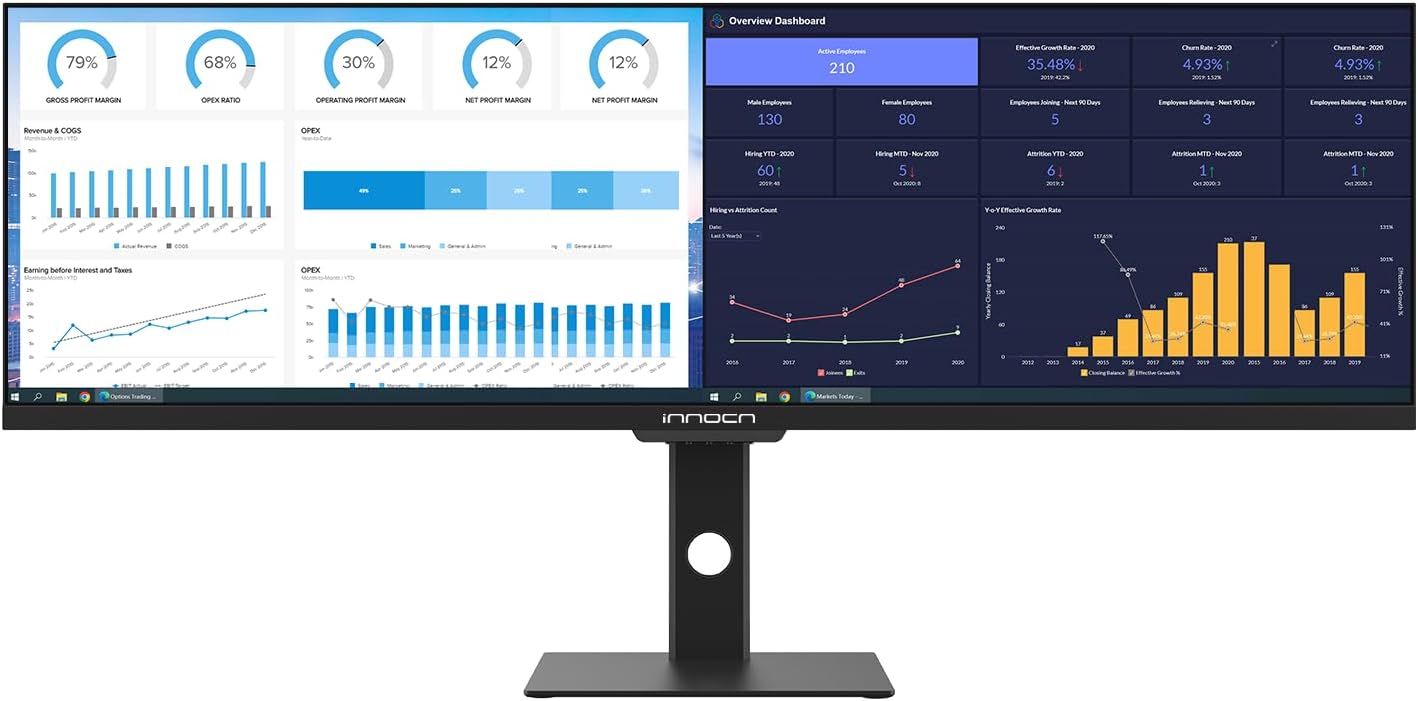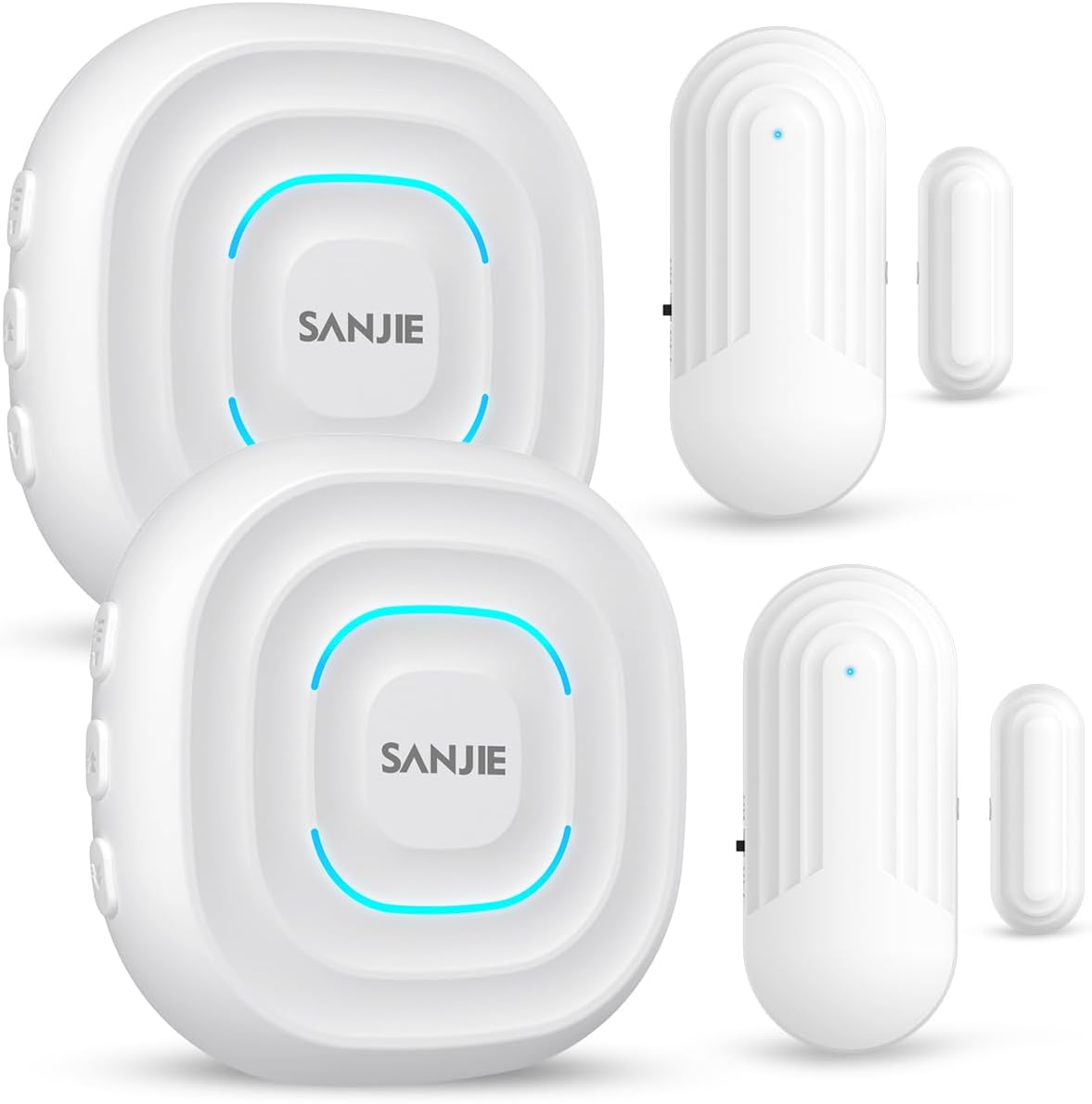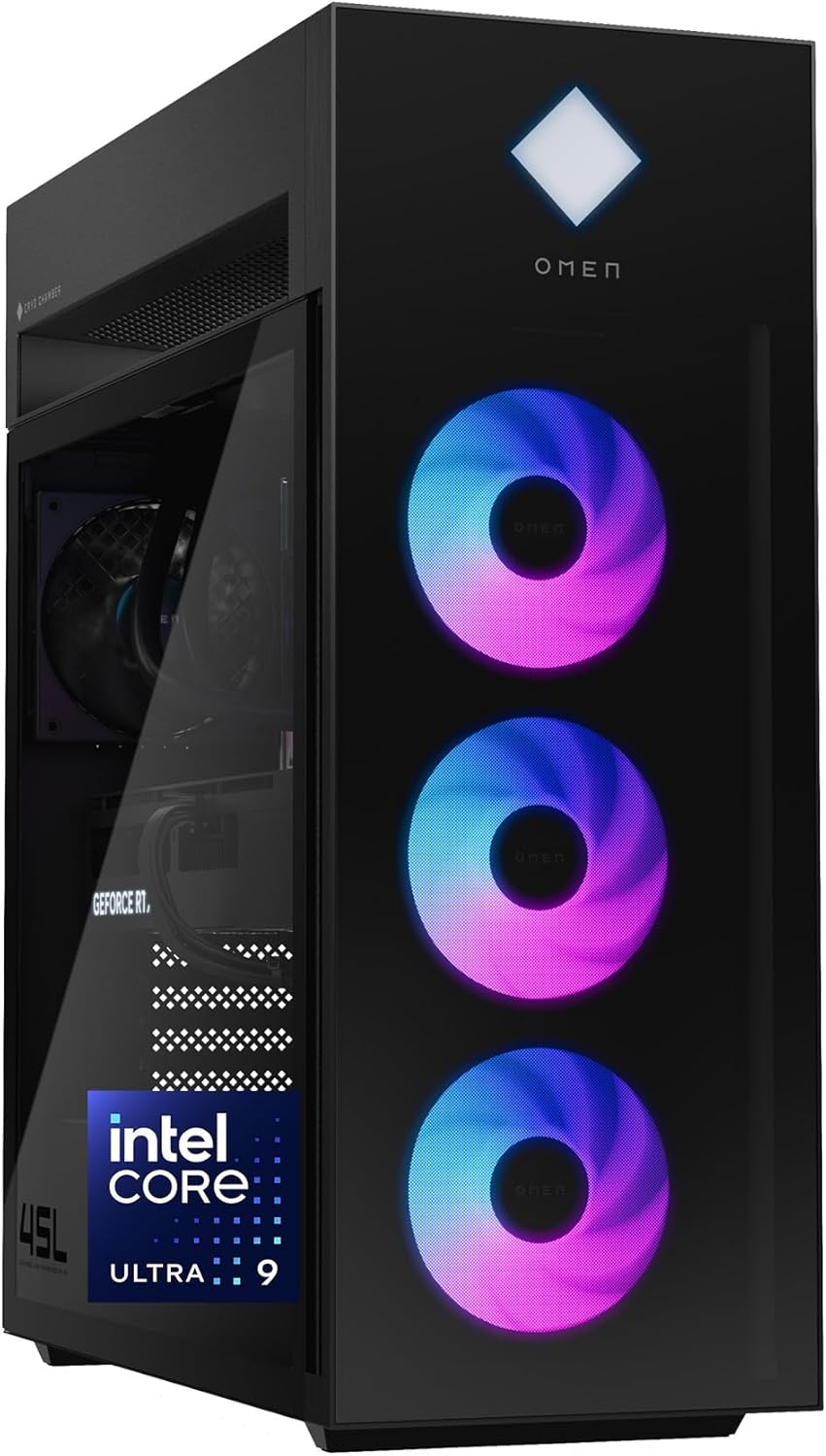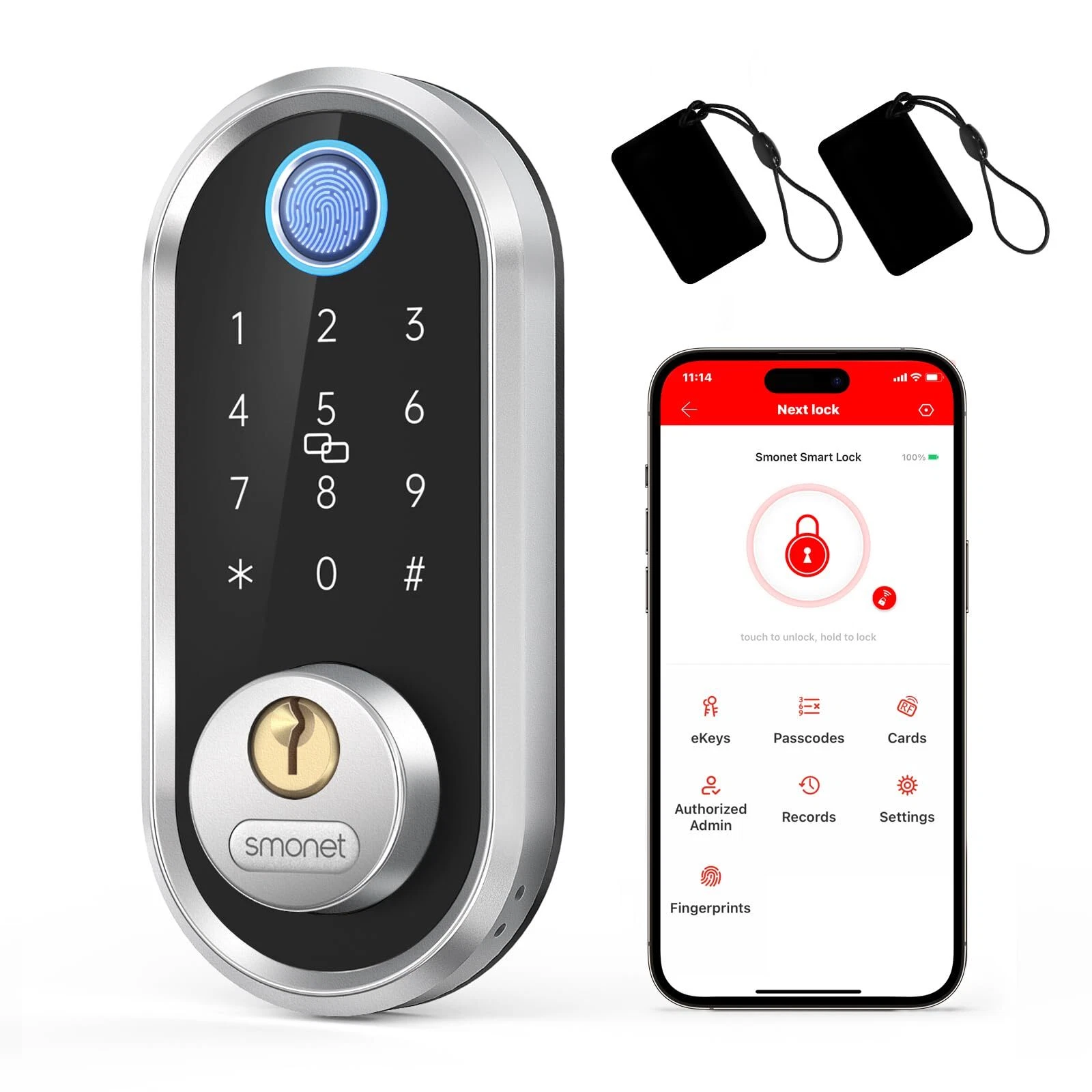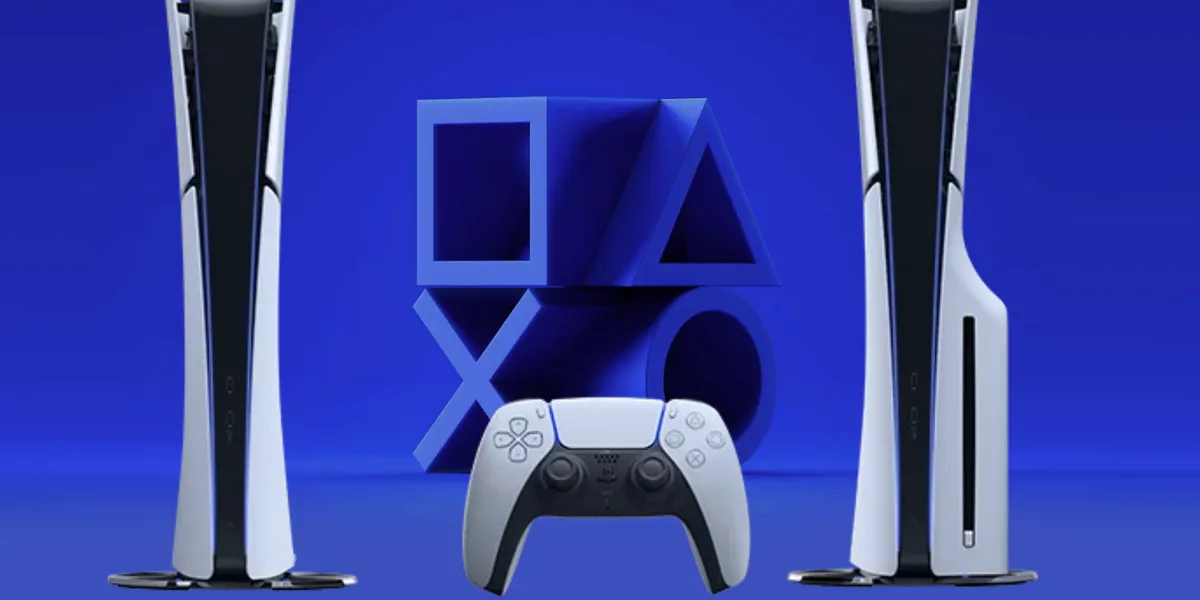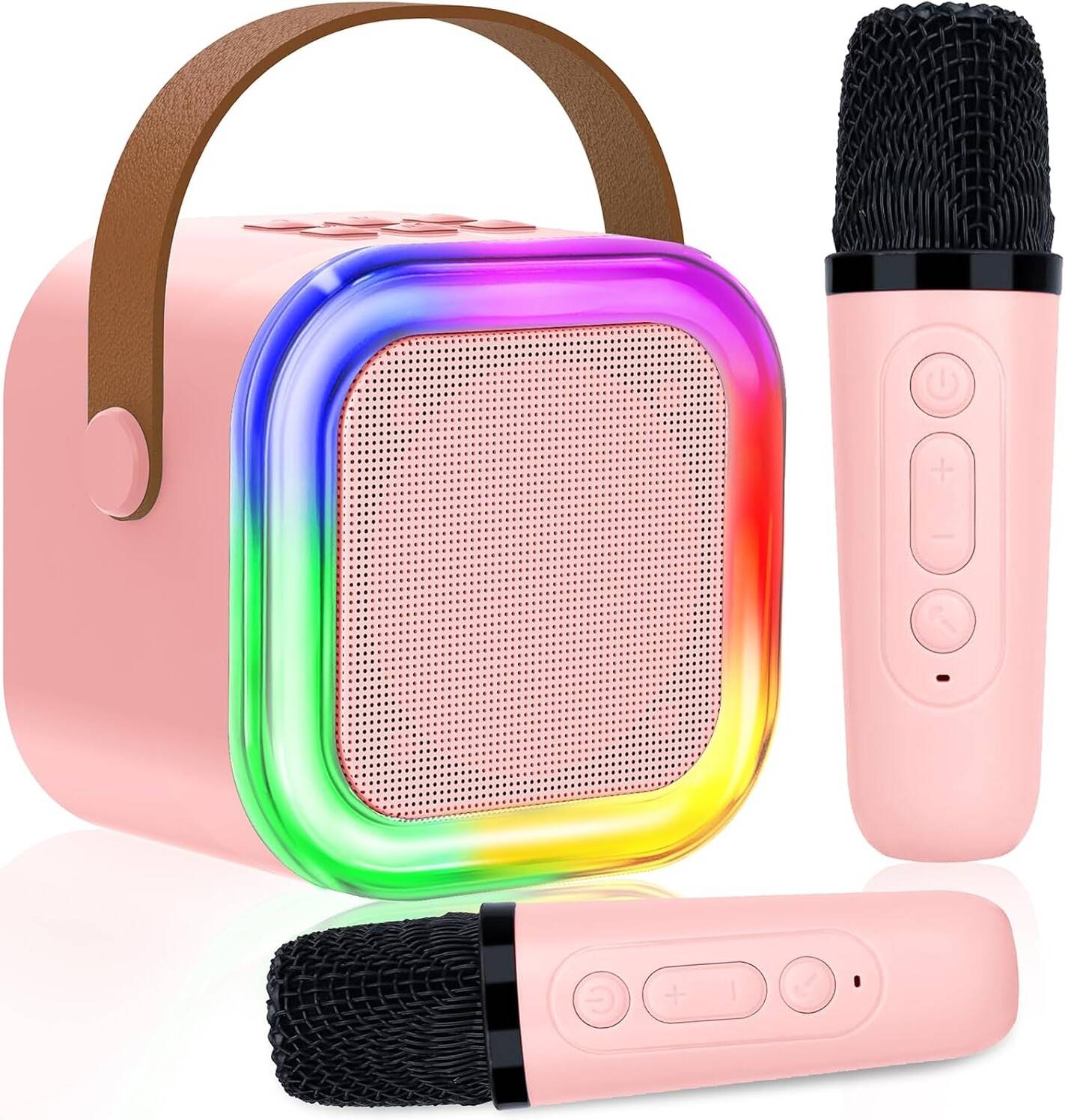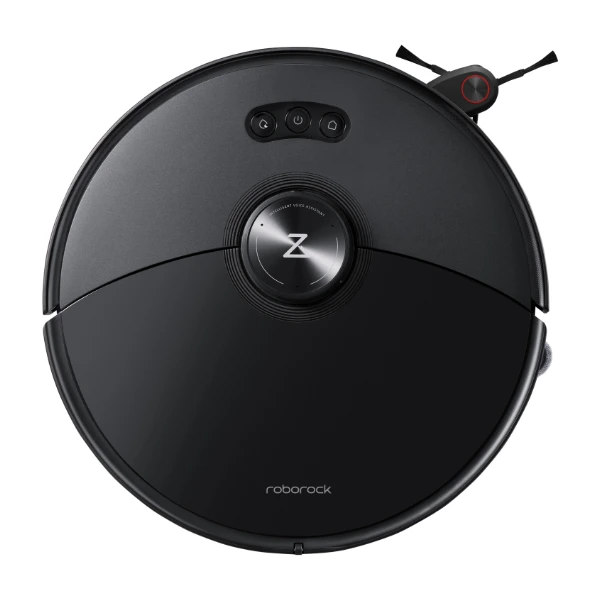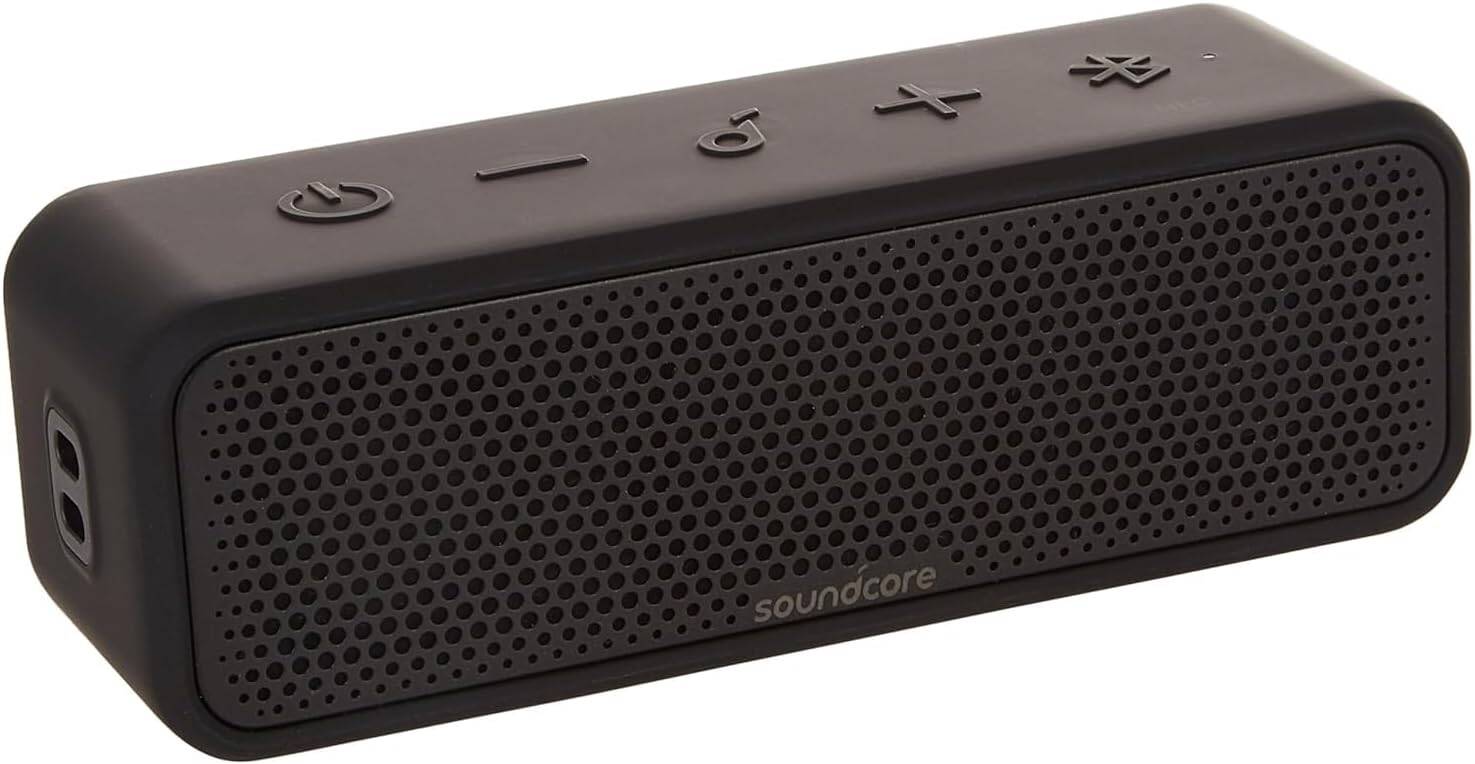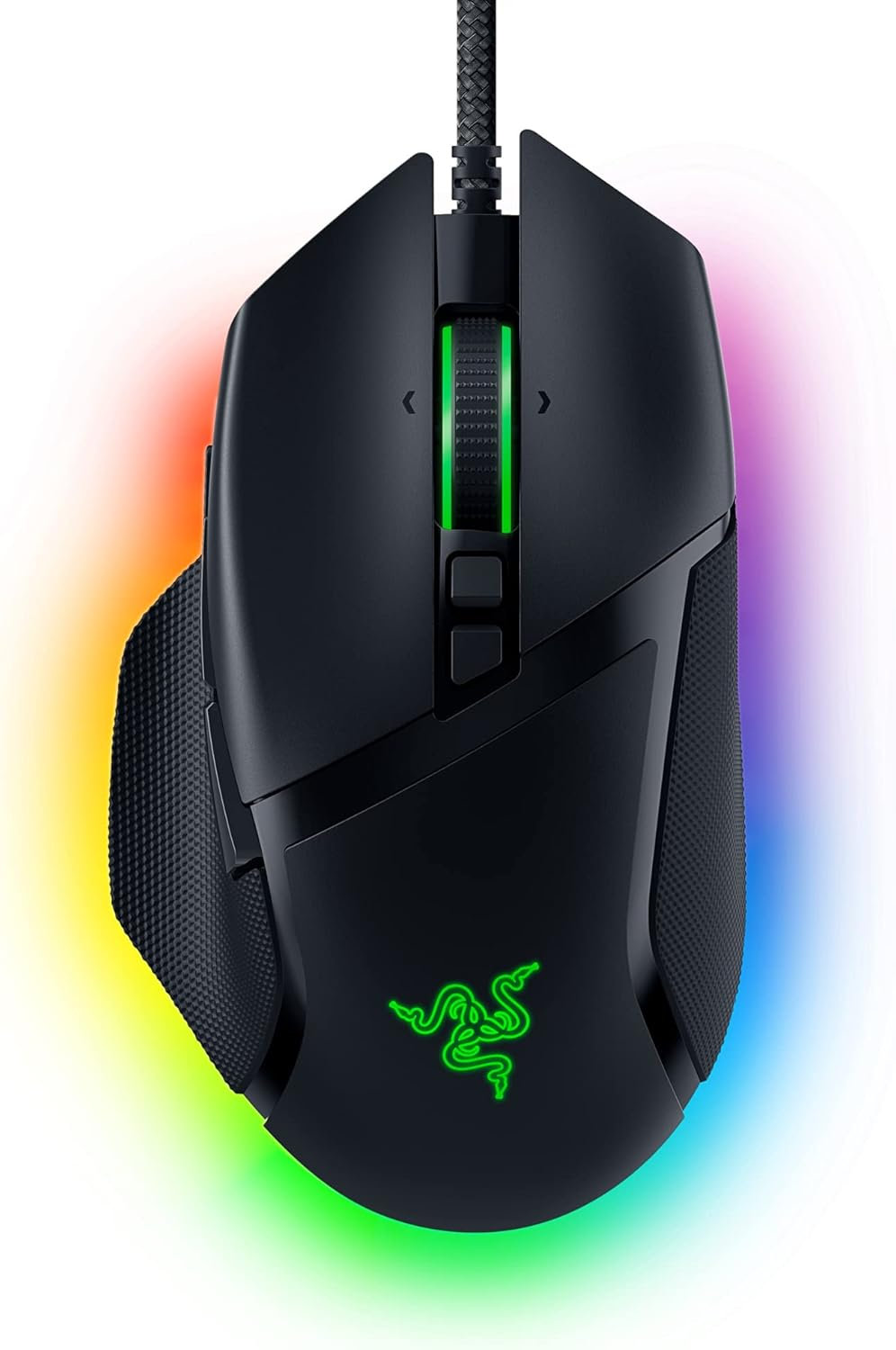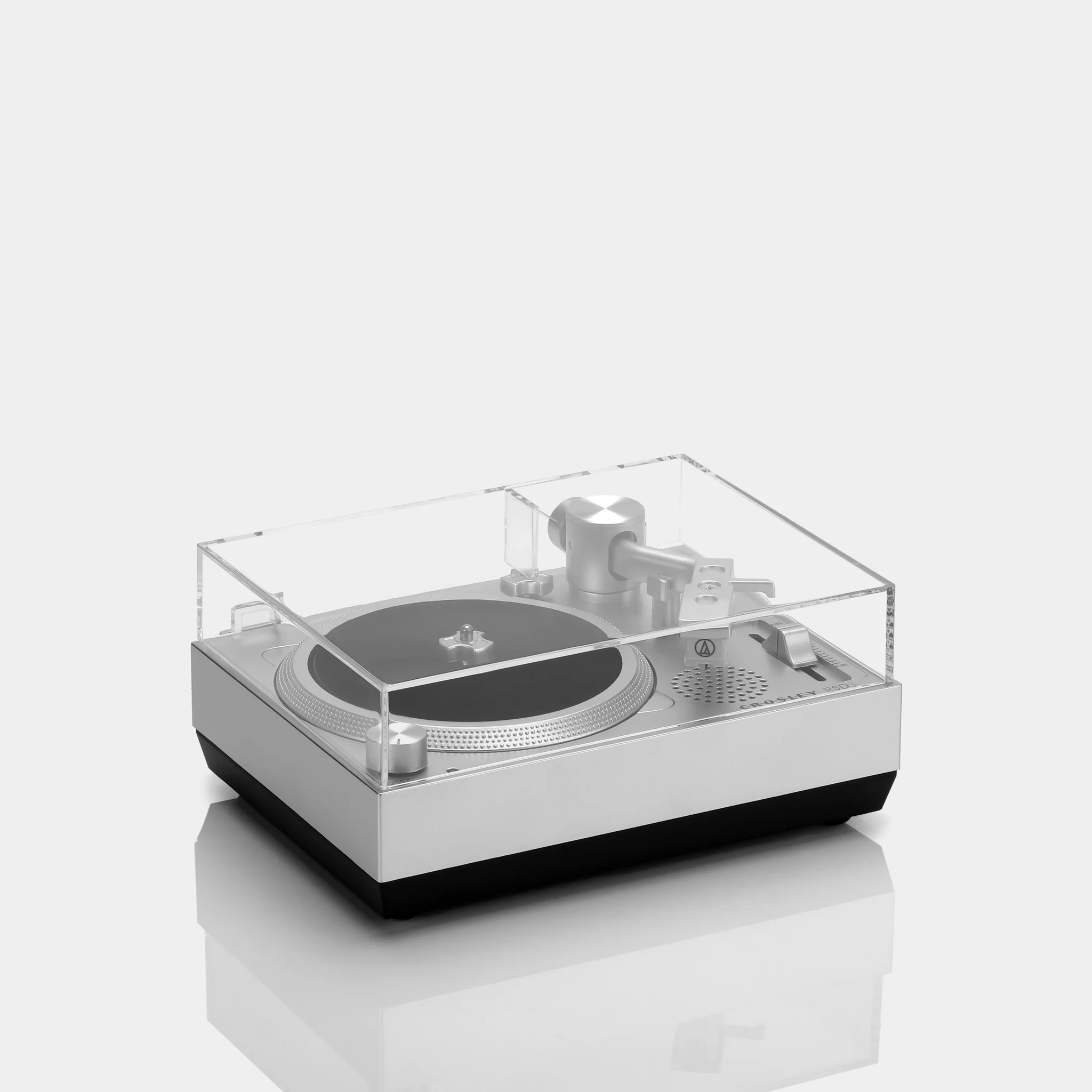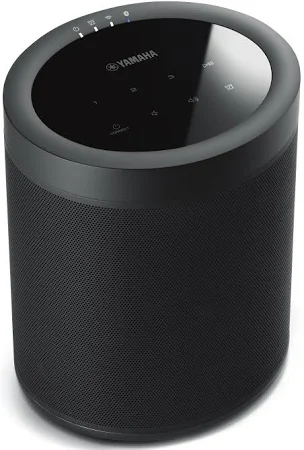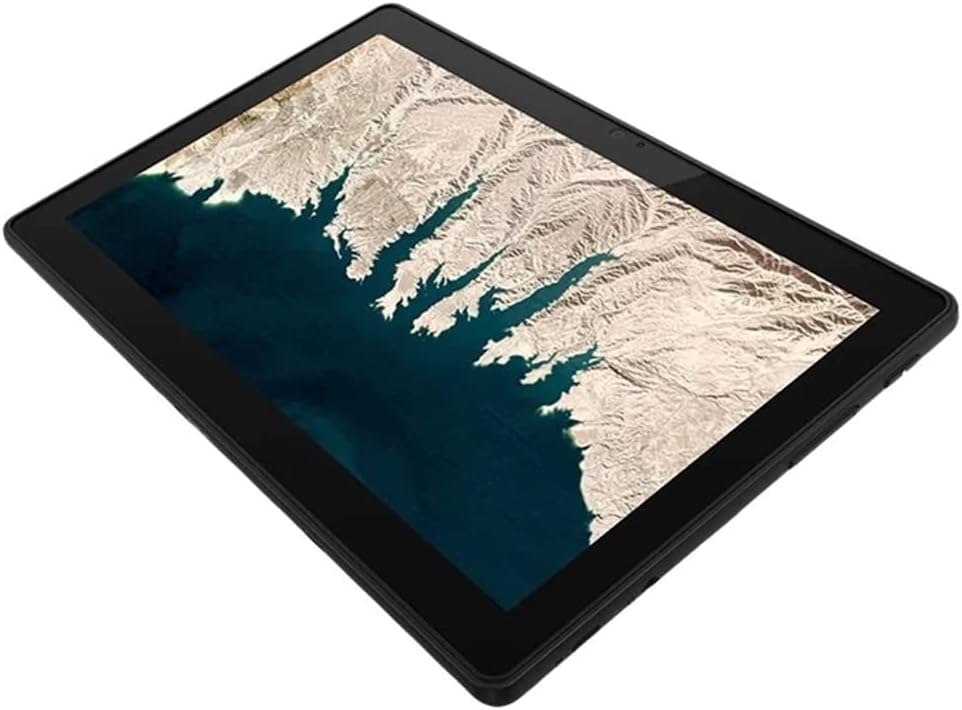There are two ways to think about a dashcam: as a gadget you’ll “get around to using,” or as a quiet co-driver that captures context when you need it most. In this article, we’ll translate the tech into plain language—what features matter, how to mount and power it cleanly, what to know about privacy and admissibility in Belgium, and how to build a setup that works 24/7 (even when your car is parked). We’ll also share quick claim-readiness habits so your footage actually helps when seconds count. Throughout, we’ll reference Dashcams as the core product that turns uncertainty into clarity on Belgian roads.
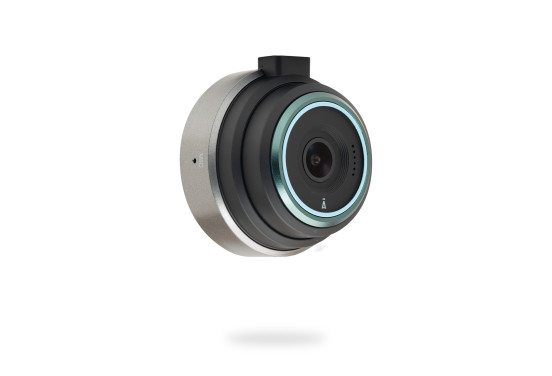
Why a Dashcam Is a High-Leverage Upgrade
A dashcam does three quiet jobs. First, it records what you saw—and crucially, what you didn’t—when traffic gets chaotic. Second, it compresses decision time after an incident because you no longer rely on partial memories or conflicting accounts. Third, it deters low-speed parking knocks and vandals when paired with a good parking mode. In Belgium, drivers can install Dashcams for private use; footage may be considered in a dispute, with admission of evidence ultimately up to the judge and subject to privacy rules (GDPR and national law). Police and legal resources in Belgium confirm that dashcams are permitted with conditions, and that publication of footage is restricted by privacy rules; use in claims is case-by-case.
The Feature Set That Matters (And the Ones You Can Skip)
When you compare Dashcams, focus on these core specs:
Resolution & Sensor Quality. 1440p (2K) or 4K improves plate clarity at speed. Equally important is the image sensor and bitrate—higher bitrates keep details during motion and rain.
Wide Dynamic Range (WDR/HDR). Balances bright skies and dark tunnels—vital for Belgian weather mood swings and low-sun commutes.
Field of View. 130°–150° is the sweet spot. Wider can distort plates; narrower may miss side impacts.
Parking Mode. Look for buffered impact capture (records seconds before and after) and low-bitrate/time-lapse options. Hardwiring enables true 24/7 monitoring with battery protection.
GPS & Speed Stamp. Embeds speed and coordinates into the file metadata—useful when reconstructing events. Retailers highlight GPS and parking mode as key differentiators on Belgian category pages.
G-Sensor & Auto Save. Locks clips after shocks so they aren’t overwritten.
Dual-Channel (Front/Rear). Doubles your coverage for rear-end collisions and parking scrapes.
App & Wi-Fi. Handy for quick clip transfer post-incident; optional for daily use.
Skip novelty features (novelty filters, voice toys) if they add cost without real safety value.
Mounting & Power: Clean, Legal, Repeatable
Mount high, behind the rear-view mirror, so the camera sees the road without blocking your view. Most European guidance emphasizes the same principles: don’t obstruct the driver’s field of vision, and keep cable runs tidy along the headliner and A-pillar. Where local rules are silent on exact coordinates, the safety-first norm is “see without being seen”—tucked neatly behind the mirror with no dangling wires.
Powering options:
- 12V socket (easiest): Good for testing placement.
- Hardwire kit (best for parking mode): Adds battery safeguarding (low-voltage cutoff) so you don’t wake up to a flat battery.
- OBD-II adapters: Quick install with ignition-aware power; compatibility varies.
Pro tip: before sticking the mount, mock the position with painter’s tape and record a short drive to check wiper coverage and night glare.
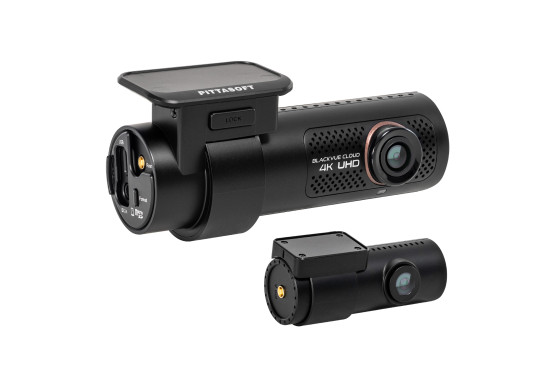
Belgian Privacy & Evidence: What’s Sensible (Not Scary)
Here’s the crisp version for Belgium:
- You may install and use a dashcam in your private vehicle. Police and legal resources in Belgium state that use is allowed, while publishing footage is restricted by privacy rules; use as evidence is at the judge’s discretion.
- GDPR basics still matter if you go beyond personal use. If footage is kept purely for personal/household purposes (e.g., you view it at home), GDPR typically doesn’t apply. The moment you share publicly (YouTube, socials), you step into data-controller territory with obligations (lawful basis, transparency, potential blurring). Belgian privacy bodies and explainers outline this distinction.
- Judicial personal data. When dashcam clips are used as proof after a collision, they may be considered “judicial personal data,” which brings stricter handling; exceptions exist for managing your own dispute/claim.
- EU-level context. The European Data Protection Board acknowledges growing dashcam use and that national rules differ; compliance hinges on purpose, necessity, and safeguards.
Practical takeaways: film for personal security, don’t post publicly without anonymizing faces/plates and having a lawful basis, and be prepared that a judge will decide how much weight your clip carries in a dispute.
Everyday Setup: A Belgian-Road Formula That Works
- Front 2K/4K + Rear 1080p. Covers most incidents with plate-readable detail.
- GPS On. Locks context (where, when, speed) into the file so you don’t debate memory later. Category pages in BE note GPS as a distinguishing feature for reconstruction.
- Hardwire for Parking Mode. Choose buffered impact capture and set the cutoff to protect your battery through colder months.
- 128–256 GB Endurance microSD. High-write-cycle cards reduce corruption risk.
- CPL filter (optional). Cuts windshield reflections on sunny days (handy in low winter sun).
This kit scales from commute to holiday road trips without tech babysitting.
One Hybrid Block (Bullets + Guidance): Claim-Ready Habits
- Lock the clip immediately. After any incident or near-miss, hit “protect” so loop recording doesn’t overwrite.
- Note the time & place. A quick voice memo or note helps you find the file later.
- Export both angles. If you run dual-channel, download front and rear views; keep the raw file intact.
- Back up the original. Copy to a computer or cloud; never edit the only copy you have.
- Share selectively. Send to your insurer or the police as requested; avoid public posting to stay within privacy bounds in Belgium. Legal resources emphasize publication risks versus private use.
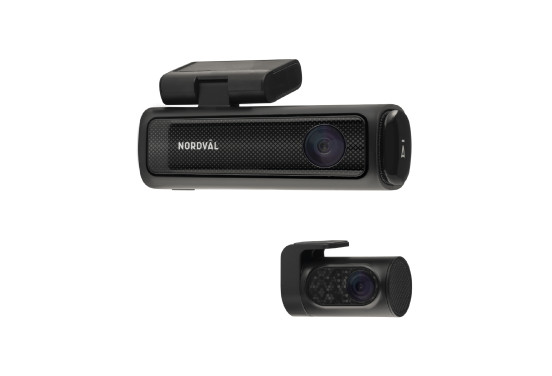
Parking Mode, Explained (So It Protects When You’re Away)
Parking mode comes in three flavors:
- Impact-triggered (G-sensor): Wakes to record a clip when the car is bumped.
- Motion-triggered: Starts recording on detected movement in the frame—useful in quiet areas but can trigger often on busy streets.
- Buffered capture: Continuously caches a few seconds, then saves before/after an event—best for context (you see the approach, not just the hit).
Belgian city parking is tight; buffered impact + a rear camera catches classic “tap and go” moments. Retail descriptions in BE highlight parking mode as a key use case for vandalism or low-speed bumps.
Storage, File Management, and Reliability
Loop recording overwrites oldest files when the card fills up—perfect for set-and-forget use. But endurance microSD cards matter: dashcams write all day, and consumer cards can fail early. Format the card in-camera monthly, and replace it yearly if you drive daily. Use the app only when you must; a direct microSD read is fastest in a claim window.
Where to Mount (And Where Not To)
Mounting behind the mirror keeps your view clear and reduces theft risk (less visible from outside). Use an alcohol-cleaned patch of glass and the supplied 3M adhesive. European guidance for fleets and private vehicles converges on the same safety theme: do not obstruct the driver’s view; keep wiring flush to the trim; avoid dangling accessories.
How Footage Helps (From “He Said, She Said” to Facts)
Clear video, GPS, and time stamps cut through ambiguity after a collision. Guides on using dashcam clips for insurance suggest that objective, unedited footage can streamline claims and counter fraud, though local insurer processes differ. In Belgium, multiple legal explainers note that courts can consider dashcam video; the judge decides the weight of the evidence in context.
Troubleshooting: Night Glare, Rain, and Dirty Lenses
- Headlight glare: Enable WDR/HDR; consider a CPL filter if reflections persist.
- Rain & Belgian drizzle: Keep wiper-swept zones in frame; test your mount height so droplets don’t smear plates.
- Dirty lens: A microfiber wipe weekly; road film accumulates fast in winter.
- Power hiccups: If the cam reboots during potholes, check the 12V plug fit; hardwiring typically stabilizes power delivery.
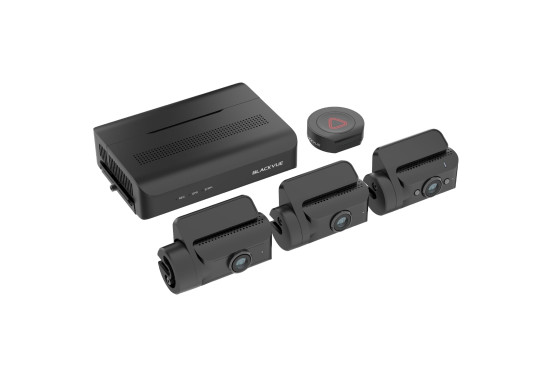
Quick Buy Paths (Good, Better, Best)
- Good (commuter): 2K front cam with WDR, GPS, G-sensor, 128 GB endurance card, 12V power.
- Better (family car): Add 1080p rear, hardwire for parking, buffered impact capture, 256 GB card.
- Best (frequent parking): 4K front + 2K rear, CPL filter, advanced parking with low-bitrate time-lapse, battery protection, app for instant exports.
Belgian retailers group Dashcams with related safety accessories (reverse cams, parking sensors) for a one-shop upgrade bundle.
Care & Upkeep That Extends Lifespan
Heat cycles and vibration are a given. Use quality adhesive pads, avoid direct heater blasts, and let the camera cool before removing the card. Update firmware quarterly; manufacturers often refine night exposure and stability. Keep a spare adhesive pad in your glovebox—summer heat in a parked car can loosen older pads.
Conclusion
A great dashcam setup is quiet confidence: clear plates in the rain, stable power during potholes, and parked-car protection when you can’t stand watch. In Belgium, that means choosing features that deliver evidence-grade clarity (resolution, HDR, GPS), mounting with zero obstruction, wiring for true parking mode, and following a common-sense privacy playbook (private use, selective sharing, no public posting without safeguards). Do that, and Dashcams stop being a gadget and start being your most reliable passenger—factual, unblinking, and always ready.
FAQ
- Are dashcams legal in Belgium?
Yes—drivers may install dashcams for private use. Publication of footage is restricted by privacy law, and whether video is accepted as evidence depends on the judge and the specific case. - Do I need to blur faces and plates before sharing?
If you go beyond purely personal use (e.g., public posting), GDPR obligations can apply. Anonymizing faces/plates and sharing only when you have a lawful basis is the safer path under Belgian privacy guidance. - Where exactly should I mount the camera?
High and centered behind the rear-view mirror, with no obstruction to your field of vision; run cables along trim. European fleet guidance echoes these safety principles. - Is GPS worth it?
Yes. GPS/time stamps add context for insurers and disputes and are commonly highlighted on Belgian product pages. - Will parking mode drain my battery?
Hardwire kits with low-voltage protection prevent battery drain. Choose buffered impact capture for the most useful context. - Can dashcam footage speed up insurance claims?
Objective, unedited clips often streamline claims and counter fraud. Processes vary by insurer, but guides recommend exporting originals promptly and backing them up. - What storage card should I buy?
Use an endurance-rated 128–256 GB microSD, format monthly, and replace annually if you drive daily. - Are there EU-wide rules I should know?
At EU level, the data-protection board recognizes dashcam use and notes that national specifics differ; follow GDPR principles plus Belgian rules on purpose, necessity, and safeguards.

